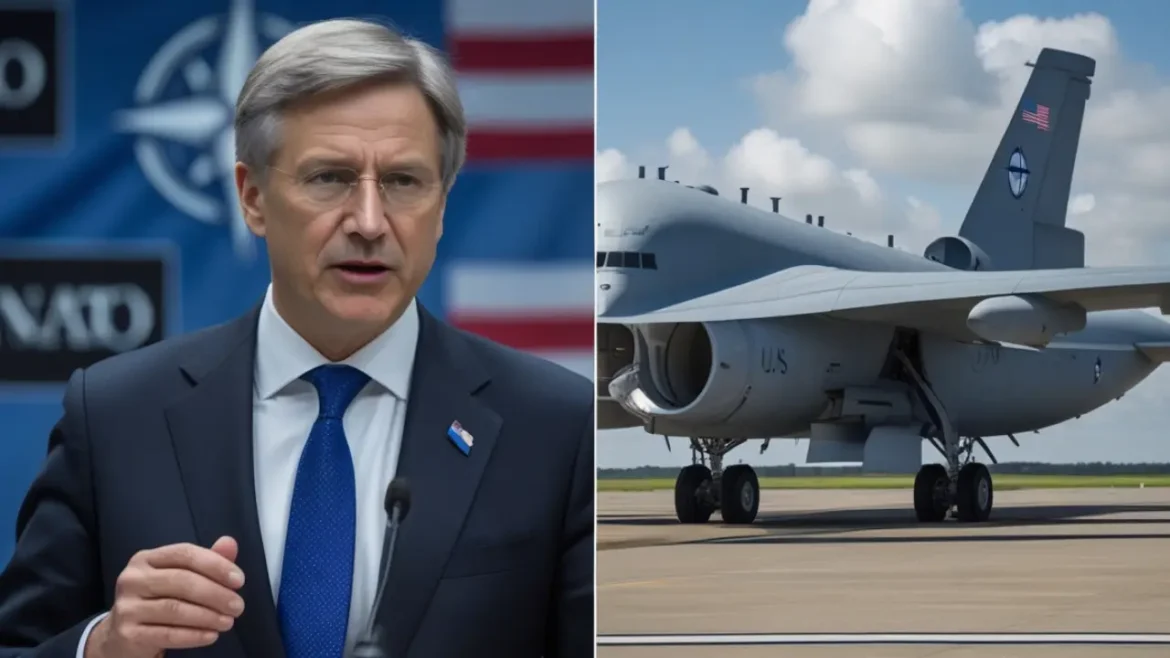In the wake of Russia’s full-scale invasion of Ukraine, the United States finds itself at a critical crossroads within NATO. Transatlantic dynamics are realigning—U.S. strategic focus increasingly leans toward the Indo-Pacific, while European allies grapple with how to uphold NATO’s credibility and collective defense. This analysis explores the evolving U.S. posture, NATO’s new commitments, and looming strategic challenges.
The U.S. Pivot and Transatlantic Realignment
U.S. Defense Secretary Pete Hegseth’s statement early in 2025 that America was no longer “primarily focused” on European security marked a pivotal shift. He called on Europe to take the lead in defending Ukraine and invest more in its own security—urging a 5 percent GDP target for defense. He also ruled out NATO membership for Ukraine and U.S. troop deployments there.
A New NATO Spending Era: The Hague Summit
Responding to mounting strategic pressures and U.S. demands, NATO’s June 2025 summit in The Hague saw member states pledge to increase defense spending to 5 percent of GDP by 2035. This commitment is structured as 3.5 percent for core military capabilities and 1.5 percent for security-related investments—including cyber, infrastructure, resilience, and support to Ukraine—which now will count towards members’ contributions.
U.S. Influence, European Burden-Sharing & Strategic Rebalancing
Analysts suggest this spending pledge represents a nascent “transatlantic security bargain”—one in which Europe gradually assumes a greater share of defense burdens, allowing the U.S. to rebalance its global posture, especially toward the Indo-Pacific. The U.S., in turn, continues to provide critical strategic capabilities—such as nuclear deterrence, command-and-control systems, and long-range mobility—that NATO largely relies on.
Challenges Ahead: Strategic Ambiguities & NATO’s Credibility
Despite these developments, the U.S. role remains ambiguous. President Trump’s inconsistent messaging—vacillating between support and disengagement—has sown uncertainty among European allies, undermining cohesive planning and forcing hurried contingency efforts. Furthermore, long-term success of the spending pledge hinges on Europe’s ability to convert commitments into tangible capabilities—something that has historically fallen short amid industrial and political coordination gaps.
Strategic Implications for NATO & Ukraine
- For Ukraine: With NATO membership off the table in the short to medium term, alternatives like tailored security guarantees are being explored—but Russia’s opposition and limited U.S. military involvement complicate prospects.
- For NATO: The alliance must manage the delicate transition to greater European defense autonomy while preserving deterrence credibility. The summits’ incremental roadmap offers hope, but execution will be key.
Analysis & Context
This transitional era may well redefine NATO’s future: a U.S.-led alliance shifting toward European primacy in defense capabilities—while the U.S. provides the indispensable backbone of strategic assets and nuclear deterrence. Success depends on Europe delivering on its investment pledges and overcoming industrial bottlenecks. NATO’s credibility, especially regarding Article 5 commitments and Ukraine’s defense, will be tested throughout this decade. The next milestone review, scheduled for 2029, will likely signal how effectively this transatlantic rebalancing is unfolding.
FAQs
No. While Ukraine aims for future membership, NATO and U.S. leaders have signaled that accession is not currently feasible. Instead, tailored security guarantees and assistance are being considered.
NATO members, excluding Spain (which received an exemption), pledged to reach 5 percent of GDP in defense-related spending by 2035. This includes 3.5 percent earmarked for core defense and 1.5 percent for resilience and Ukraine support.
While not abandoning NATO, the U.S. is scaling back its direct commitments, urging European allies to lead in defense. Still, Washington continues to supply critical strategic capabilities that NATO depends upon.
NATO will conduct a collective review of progress toward the spending targets in 2029. This will inform whether adjustments or political reinforcements are necessary ahead of the 2035 deadline.


7 comments
[…] secure strategic access, and prevent conflict through dialogue rather than confrontation. From NATO’s collective security framework to bilateral defense pacts in the Indo-Pacific, military partnerships are redefining the […]
[…] striking in Doha, Israel has not only attacked Hamas leadership abroad but also put significant strain on relations with Washington, which relies on Qatar as both a regional mediator and military […]
[…] He had promoted negotiation frameworks and land-swap ideas, particularly during his high-profile summit with President Putin and in discussions with European […]
[…] has already expanded production capacity in recent years amid surging European defense spending. The company’s Q3 2025 financial report showed double-digit sales growth, driven largely by […]
[…] U.S. fentanyl crisis continues to drive policy momentum. Congressional committees have repeatedly pressed DoD and DHS for stronger […]
[…] long-term industrial partnership model. Since the start of Russia’s full-scale invasion, Ukraine has relied heavily on European weapons, ammunition, and spare parts. European leaders have increasingly emphasized the need to […]
[…] Germany said that questions about free expression or societal organization “do not belong” in security strategy for Germany. Donald Tusk of Poland, a member of NATO and a country strategically located near […]